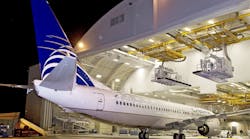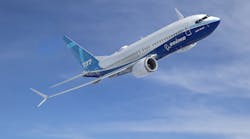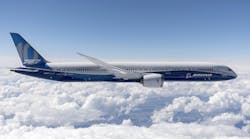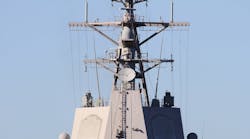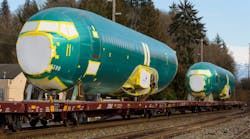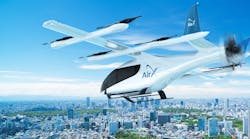Boeing Co. is reporting a new maintenance concern for its narrow-body 737 aircraft series, affecting the 737 Next Generation model. According to Boeing, various airlines around the world have inspected 810 737 NG jets and found 38 structural cracks in a part (called a "pickle fork") attaching a plane's fuselage to the wing structure. The part helps to manage force on the aerostructure.
The 737 Next Generation is the third generation model of the 737 series, the one that preceded the current 737 MAX model.
The "pickle fork" problem is separate from the flight-control issue affecting the 737 MAX, which is entirely out of service as Boeing, aircraft safety regulators, and carriers address the cause of two fatal crashes.
The 737 NG was introduced in 1996, and remains in production still though the 737 MAX has replaced it as the primary model since the latter was introduced in 2017. Records show 7,031 737NG aircraft have been delivered since its commercial debut, with several dozen more still on order.
Earlier this month Federal Aviation Administration instructed U.S aircraft operators to inspect 165 older 737 NGs for structural cracks, telling them to look for “cracking of the left and right hand side outboard chords of frame fittings and failsafe straps.” FAA indicated that the cracks could affect an aircraft’s structural integrity and result in loss of control.
Aircraft with more than 30,000 cycles (roughly, each cycle may be understood as one flight) must be inspected within seven days, and those with 22,600-29,999 cycles must be inspected within 1,000 cycles, which typically correspond to the number of flights.
The FAA’s order covers 1,911 737 NG jets. Southwest Airlines reported it found the cracks on two aircraft (among more than 200 737 NGs in its fleet) and that those jets have been removed from service.
American Airlines and United Airlines reported no indication of the cracks on the 737 NGs in its fleets.
A Brazilian carrier, Gol Linhas Aereas removed 13 737 NG aircraft from service after the FAA issued the inspection order.
